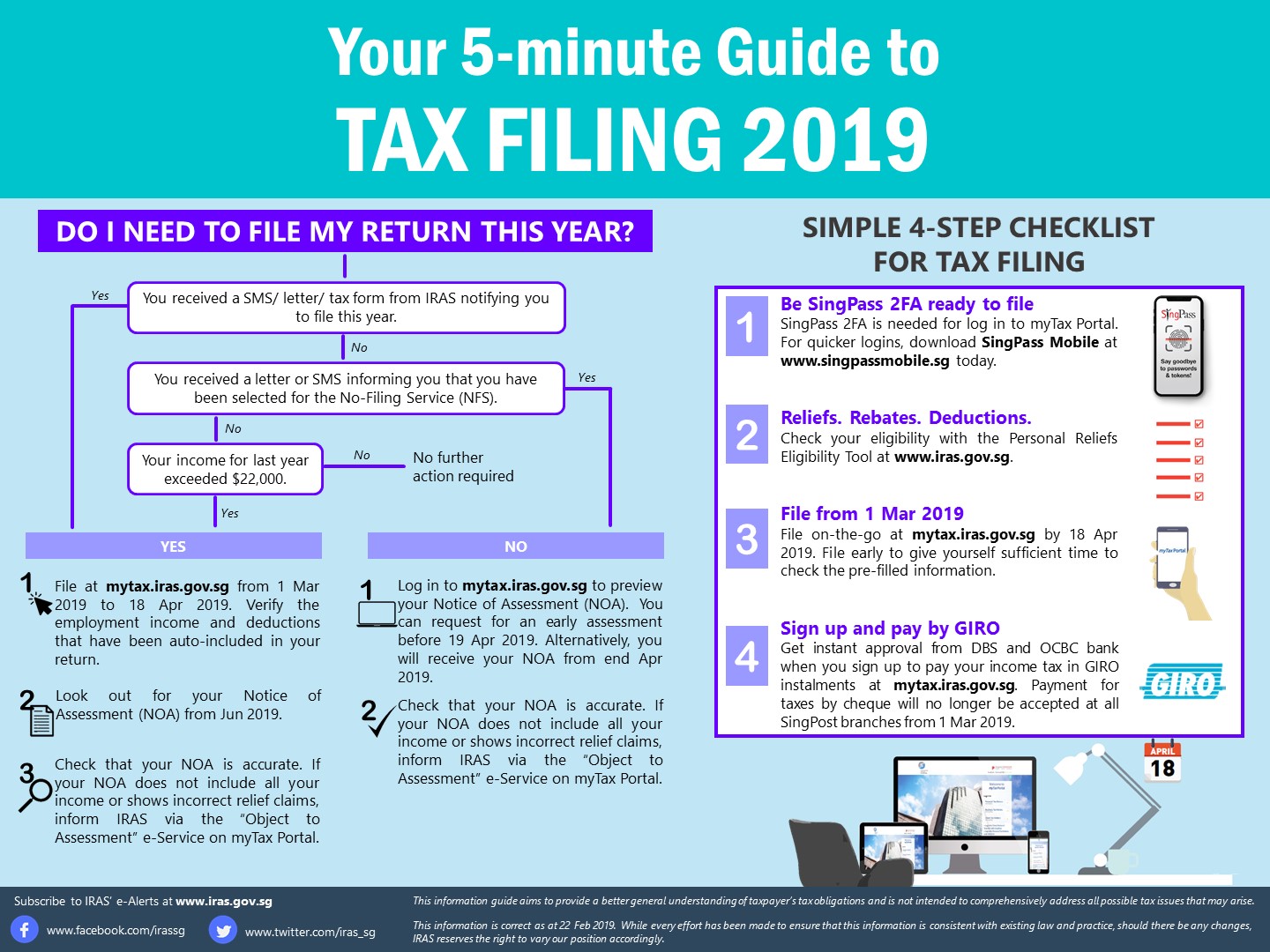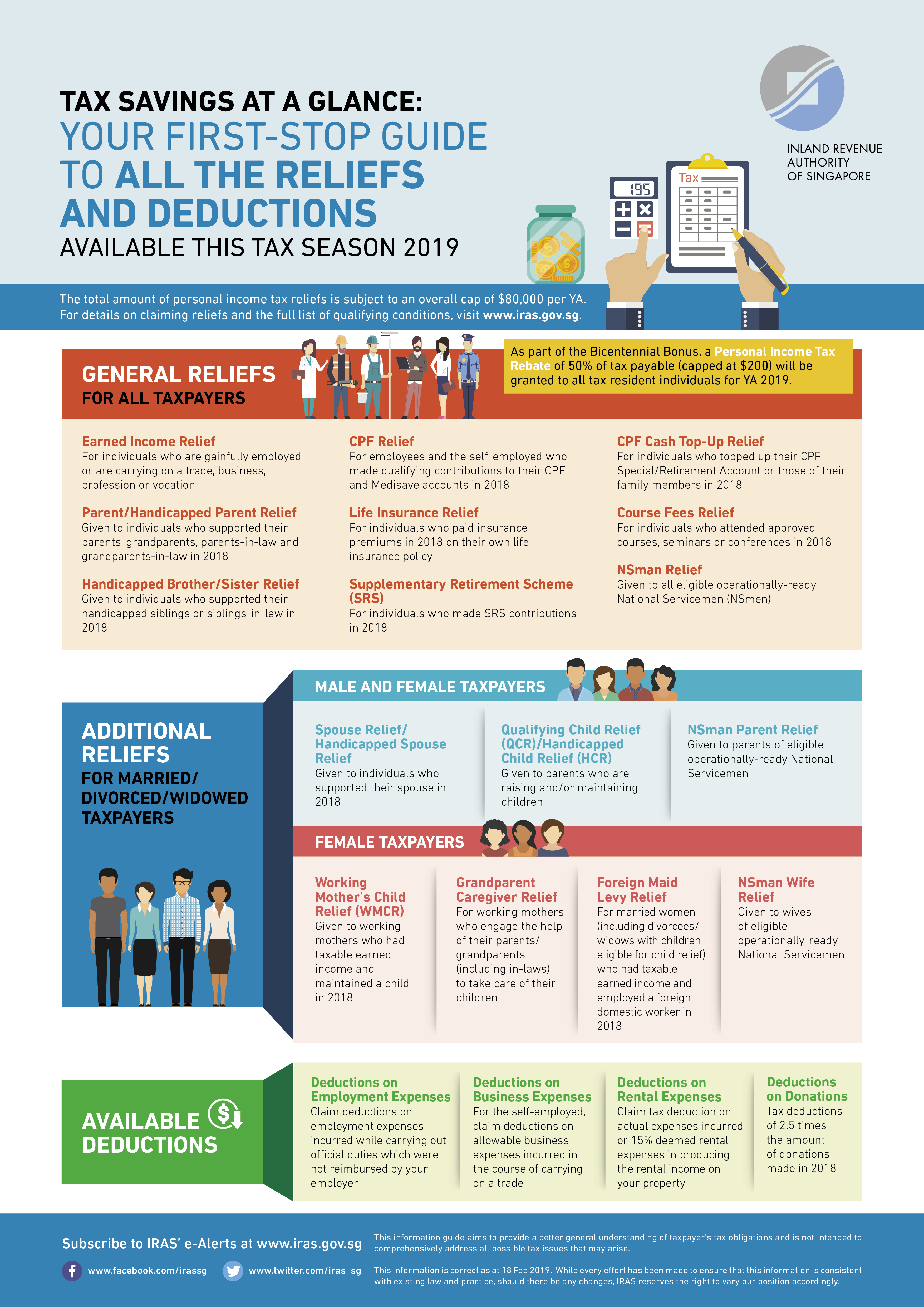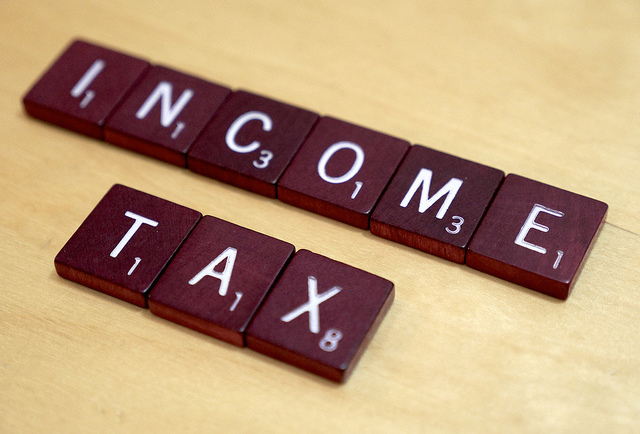Just hearing the word “audit” can be enough to make many people shudder when tax time comes around. Facing a Canada Revenue Agency (CRA) audit might seem scary, but if you understand how the process works and make an effort to follow tax rules, you can keep your stress levels in check. In this article, we’ll discuss how to deal with a CRA audit, ensure you’re compliant with taxes, and find out about any penalties for not following the rules.
Facing a CRA Audit
An audit by the CRA entails a meticulous examination of your financial documents and tax filings to ensure that your earnings have been accurately reported and that you’ve taken advantage of the appropriate deductions and credits. An audit might occur due to various reasons, including random selection, discrepancies in your tax submission, or details shared by third parties like employers or financial institutions.
If you receive notice of a CRA audit, it’s essential not to panic.
Review the Notice
Take the time to thoroughly examine the audit notice so you know precisely what information the CRA is asking for and when it’s due. The notice will also let you know if the audit will be done in person or through mail correspondence. Make sure you gather all the relevant financial records, receipts, and supporting documents that relate to the tax year being audited. Organize everything in a clear and sensible way for easy access.
Seek Professional Help
Consider consulting a tax professional, such as a personal tax accountant or tax lawyer, to guide you through the audit process. They can provide expert advice, review your records, and represent you before the CRA if necessary.
Respond Promptly
Adhere to the specified timeline for responding to the audit notice. If you need more time to gather documents or seek professional assistance, communicate with the CRA in writing to request an extension. Be cooperative and transparent with the CRA auditor. Answer their questions truthfully and provide any requested information promptly. If you’re unsure about something, it’s better to admit it rather than guess.
Appeal if Necessary
Should you find yourself in disagreement with the audit results, know that you possess the right to contest them. It’s advised to seek guidance from your tax expert to figure out the most suitable plan of action, which could comprise of lodging an objection with the CRA or taking your case to the Tax Court of Canada.
Penalties for Non-Compliance
Not following Canadian tax laws can lead to a variety of penalties, based on the type and seriousness of the breach. The CRA has the power to enforce penalties. If you fail to submit your tax return on time, the CRA may enforce a 5% penalty on the amount owed, plus an additional 1% for every month that the return is overdue, up to a maximum of 12 months. In case you have unpaid taxes and neglect to pay them by their due date, interest will be charged on the outstanding amount. The interest rate can change quarterly and is established by the CRA.
Making false statements or providing misleading information on your tax return can result in severe penalties. This includes underreporting income, inflating deductions, or hiding assets offshore.
Tax evasion, which involves willfully concealing income or engaging in fraudulent activities to reduce your tax liability, is a criminal offense in Canada. Convictions for tax evasion can result in fines, imprisonment, or both.
If you fail to maintain adequate records to support your tax claims, the CRA may disallow your deductions and credits, resulting in additional taxes owed.
While the prospect of a CRA audit and the penalties for non-compliance can be daunting, proactive tax planning and adherence to tax laws can help you navigate these challenges. If you ever find yourself facing an audit, approach it with transparency and seek professional assistance if needed. Ultimately, the key to a stress-free tax experience lies in staying informed, organized, and compliant with Canadian tax regulations.





